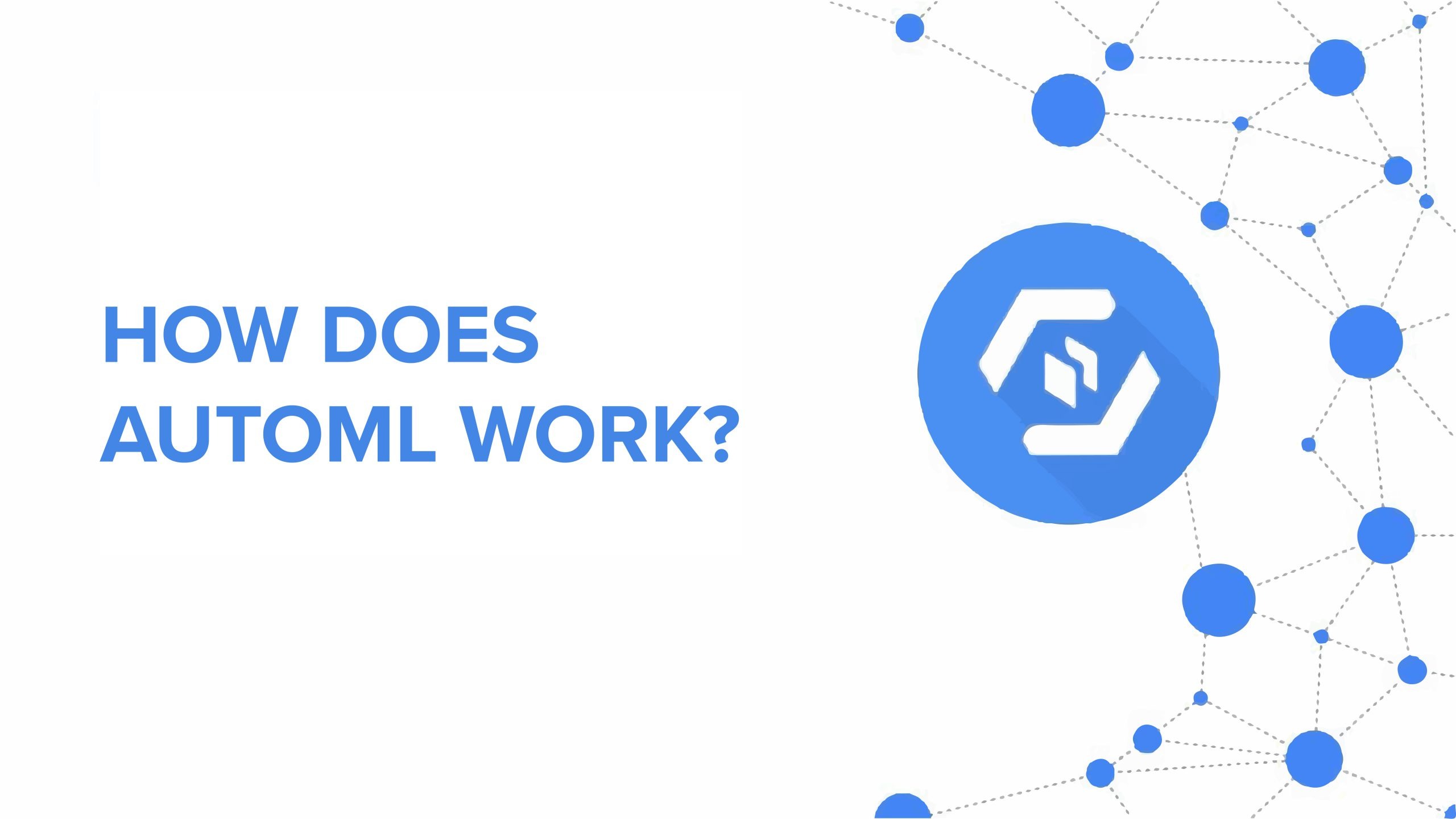What is AutoML? It's promises and perils.
 Amit Anand
Amit AnandTable of contents

Introduction
AutoML, or Automated Machine Learning, is a field of machine learning that aims to automate the process of building, training, and deploying machine learning models. The goal of AutoML is to make it easier for individuals and organizations to leverage machine learning without requiring extensive expertise in data science or programming.
AutoML tools use a combination of algorithms, techniques, and heuristics to automate many of the tasks involved in building and training machine learning models. This can include tasks such as data preprocessing, feature engineering, algorithm selection, hyperparameter tuning, and model evaluation. By automating these tasks, AutoML can help to reduce the time and resources required to build and deploy machine learning models and can enable organizations to leverage data insights more quickly and effectively.
There are several different types of AutoML tools available, including cloud-based platforms, open-source libraries, and commercial software packages. These tools vary in their level of automation, flexibility, and complexity, and may be better suited for different types of applications and use cases.
The Promise of AutoML
There are several potential benefits to using AutoML, including:
Increased Efficiency: AutoML can automate many of the time-consuming and labor-intensive tasks involved in building and training machine learning models, freeing up human data scientists to focus on more complex tasks.
Democratization of Machine Learning: By automating the process of building and training models, AutoML can help to make machine learning more accessible to organizations and individuals without extensive data science expertise.
Improved Accuracy: AutoML can help to optimize model performance by automatically selecting and tuning the best algorithms, hyperparameters, and other parameters to achieve the highest accuracy.
Faster Time to Deployment: With AutoML, organizations can build and deploy machine learning models more quickly, accelerating their ability to leverage data insights and make data-driven decisions.
The Perils of AutoML
While AutoML offers many potential benefits, there are also several potential challenges and limitations that must be considered, including:
Limited Flexibility: AutoML tools are designed to automate the process of building and training machine learning models, but they may not provide the same level of flexibility and control as hand-crafted models. This can limit the ability to customize models to specific use cases or applications.
Limited Transparency: AutoML models can be highly complex, making it difficult to understand how they arrive at their predictions or recommendations. This can limit the ability to diagnose and fix issues or ensure compliance with ethical and legal considerations.
Limited Data Control: AutoML tools require access to large amounts of data to train and optimize models, which can raise privacy and security concerns. Additionally, AutoML tools may not allow organizations to have full control over their data, limiting their ability to protect sensitive data or ensure compliance with regulations.
Limited Human Oversight: AutoML tools may automate many tasks, but they still require human oversight to ensure that models are accurate, ethical, and compliant. This can require significant expertise and resources to manage, particularly for organizations with limited data science or machine learning expertise.
Conclusion
In conclusion, AutoML holds great promise for making machine learning more accessible, efficient, and accurate for organizations and individuals around the world. However, it is important to recognize the potential limitations and challenges of AutoML, including limited flexibility and transparency, privacy and security concerns, and the need for human oversight. By understanding these considerations and incorporating best practices for AutoML, organizations can effectively leverage this powerful technology to achieve their data-driven goals and stay ahead in a rapidly evolving digital landscape.
Subscribe to my newsletter
Read articles from Amit Anand directly inside your inbox. Subscribe to the newsletter, and don't miss out.
Written by
